3 Cebuano-Chinese Historical Sites That You Should Visit
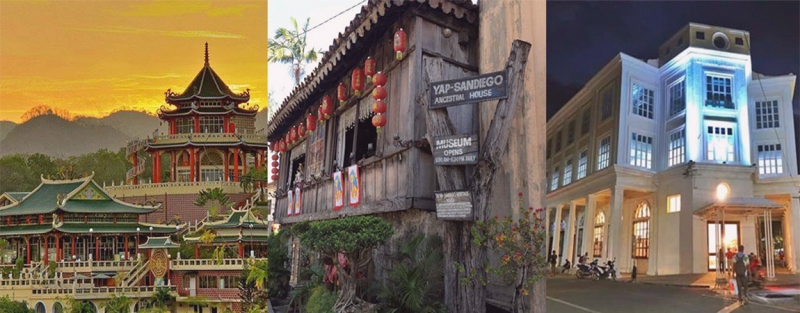
For centuries, Cebu has had a multitude of migrants from China (predominantly made of those from Fujian, Guangdong, and other southern provinces) settling on the island. It should, therefore, come as no surprise that Cebu itself has produced a very rich Filipino-Chinese history—one that has been celebrated and documented by its people!
Those visiting Cebu or interested in the mixed cultural past should not miss the opportunity to visit these three historical sites:
1) Sugbu Chinese Heritage Museum
Address: Gotiaoco Building, M. C. Briones St, Cebu City, Cebu
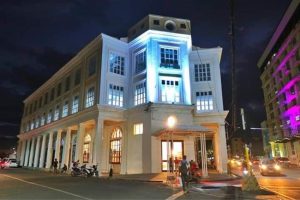
The Sugbu Chinese Heritage Museum now occupying the Gotiaoco Building, a neoclassical three-story structure built in 1917.
(Source: ABS-CBN)
Housed in the century-old Gotiaoco Building, which is considered a heritage site in itself, the newly opened Sugbu Chinese Heritage Museum showcases the culture and heritage that the first Chinese settlements have imparted to early Cebuano society. Part of its name, Sugbu, which is what natives call the island-province, literally means “strong wave.” This serves to highlight the history of how Chinese maritime traders settled in Cebu.
Aiming to memorialize and promote Cebuano-Chinese history, the Sugbu Chinese Heritage Museum presents exhibits documenting experiences starting from a pre-colonial Cebu in the 10th century to the events of the Spanish and American regimes, as well as those leading up to contemporary society. The institution, being well-equipped with LED walls, animated backdrops, and studio replicas, looks to provide visitors with an experience-rich visit that they can enjoy and remember.
2) Cebu Taoist Temple
Address: Beverly Hills Subdivision, Cebu City
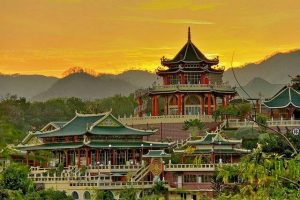
A partial view of the Cebu Taoist Temple
(Source: Queen City Cebu)
Built in 1972 by the local Chinese community, the Cebu Taoist Temple is aptly named as what it is—a multi-tiered temple for those who follow the teachings of Lao Tzu (老子, Lǎo Zǐ) to worship in. Though the temple is primarily a religious center for devoted Taoists, it is also open to non-worshippers from 8 a.m. to 5 p.m.
Over the years, the Cebu Taoist Temple has become a popular tourist attraction due to both its religio-cultural significance and architectural beauty. Visitors may choose to participate in ritual prayers and have their fortunes read by monks (but the latter may only be done on Wednesdays and Sundays). They may also explore the temple’s several multi-hued amenities, which include features such as a mini-replica of the Great Wall of China, sloping dragon-topped roofs, a gazebo, a wishing well, and a gift shop, among others. Sitting on an elevation of 360 feet above sea level, the temple also has wide balconies that provide a scenic view of downtown Cebu.
3) Yap-Sandiego Ancestral House
Address: Mabini St, Cebu City, Cebu
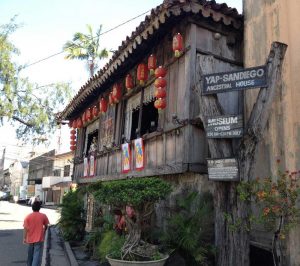
A side view of the Yap-Sandiego Ancestral House in Pari-an, Cebu.
(Source: Yap-Sandiego Ancestral House Facebook page)
Speculated to be the oldest house standing in Cebu City, the Yap-Sandiego Ancestral House was said to have been built during the Spanish colonial era between 1675 and 1700 and was occupied by Don Juan Yap and Doña Maria Florido, a Chinese merchant living together with his wife. It is known among locals as the “Balay nga Bato ug Kahoy” (literally meaning the House of Rock and Wood) because of its coral stone and wood composition.
Featuring a well-preserved structure designed with Spanish and Chinese influences, the house contains a vast collection of relics from the past, including art, religious icons, furniture, and other antiquities for curious visitors to browse.



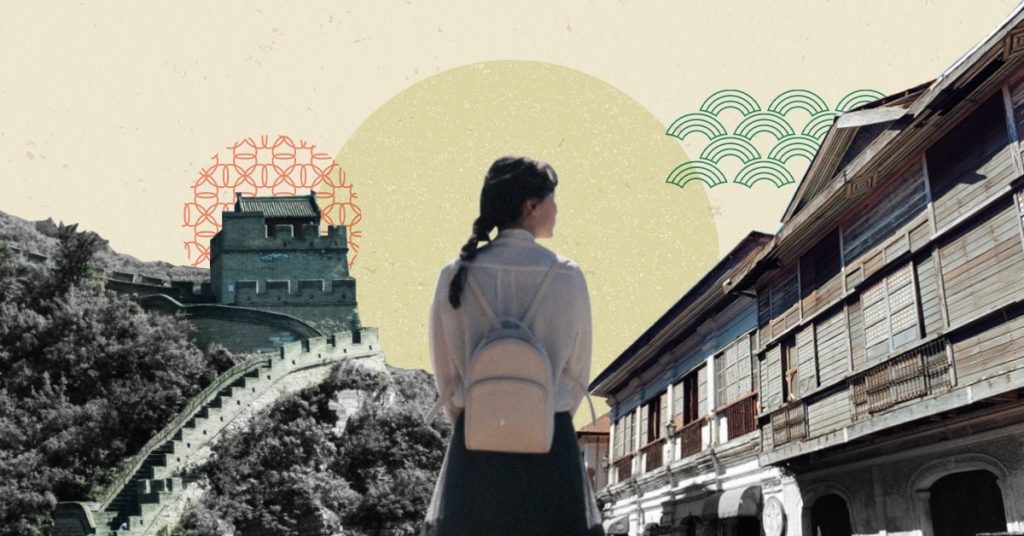

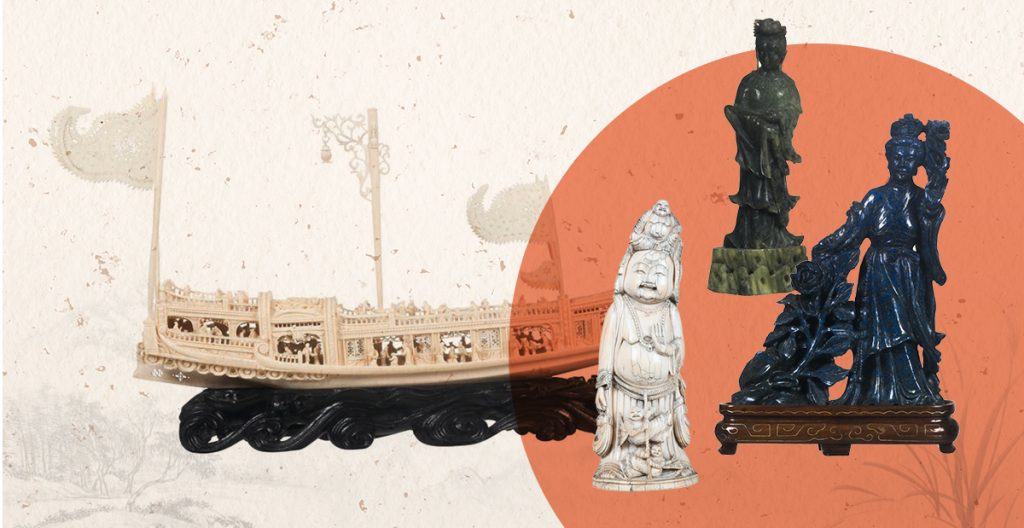
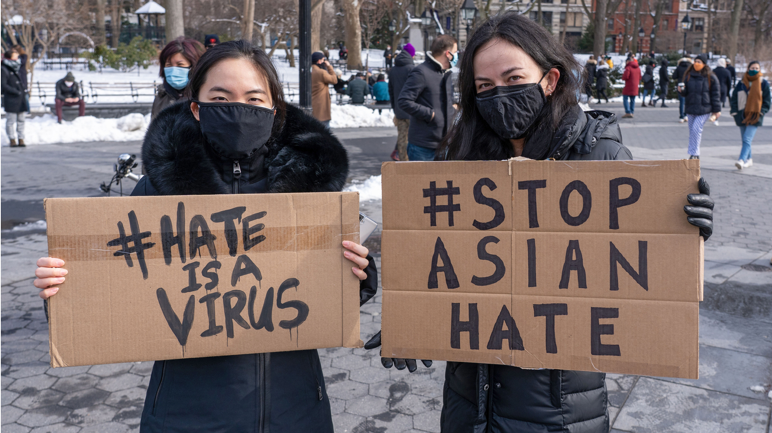
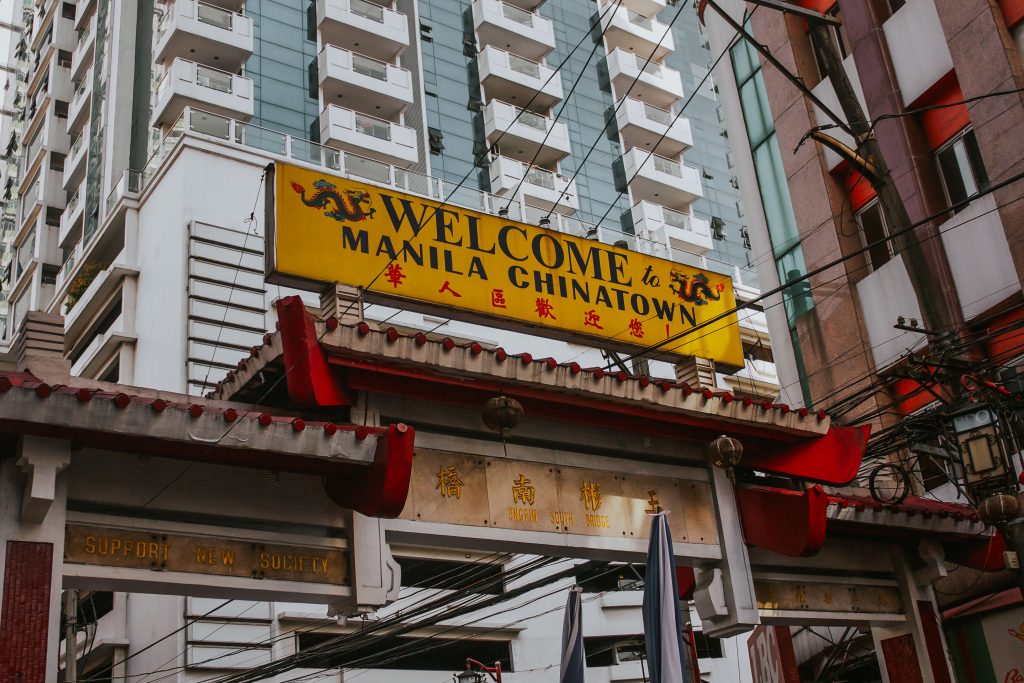



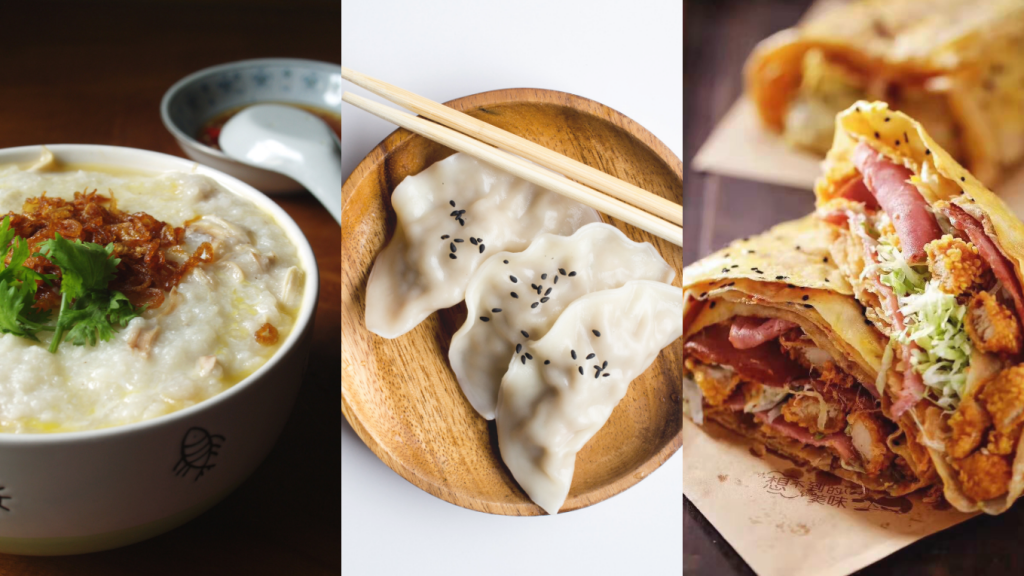

One thought on “3 Cebuano-Chinese Historical Sites That You Should Visit”